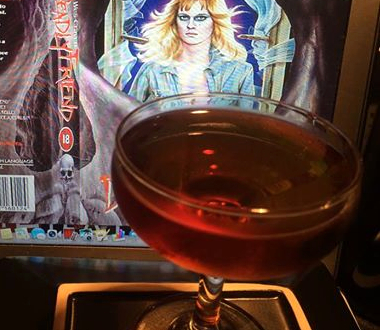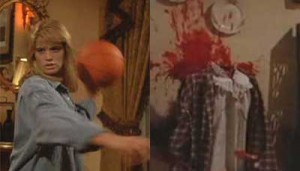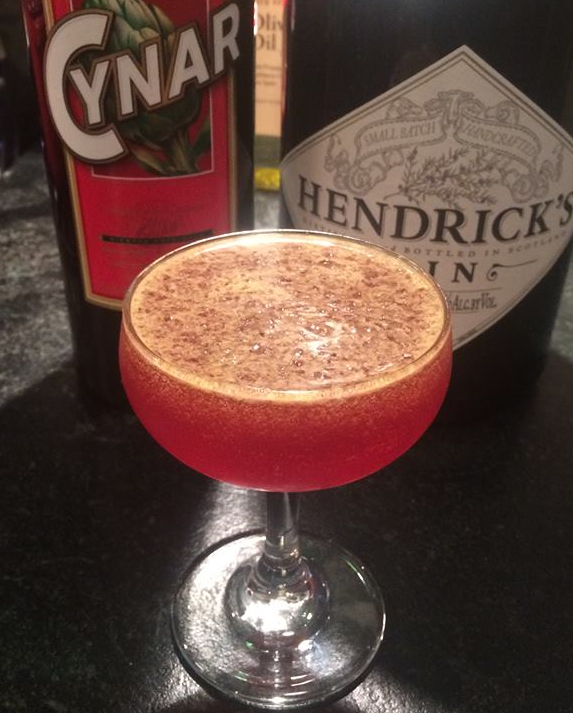Last weekend, the horror world lost one of its heavyweights: director Wes Craven.
Craven gifted us with controversial early films such as Last House on the Left and The Hills Have Eyes that pushed the limits on bloodshed and brutality. Later in his career, he turned out clever, self-aware and lucrative mainstream horror such as Nightmare on Elm Street, The Serpent and the Rainbow and Scream.
Of course, Craven also made some less successful films during his career. For my money, one of the most enjoyable of that bunch is Deadly Friend, his 1986 riff on the Frankenstein tale.
Teen genius Paul (Matthew Laborteaux) moves into a new town, along with a robot of his creation named Bee Bee. While Bee Bee is an amazing engineering feat, his artificial intelligence has a dark (some might say psychotic) side. It doesn’t take Paul long to fall hard for Samantha (Kristy Swanson), the wholesome girl next door. Problem is Samantha’s the victim of an abusive father, and during an argument, dear old dad pushes her down the stairs.
Samantha lapses into a coma after the fall, and Paul implants Bee Bee’s AI components into the girl’s brain to bring her back. Like you do.
Of course, reanimated Samantha — now buffed with a robot’s strength and walking in a stiff and Karloff-like gait — also inherits Bee Bee’s dark side. To Paul’s horror, she begins killing off all the townsfolk who treated her badly.
The movie’s primary flaw is that it can’t decide whether it wants to be a slightly dark sci-fi kid’s movie or a gory terror flick. Reportedly, that’s the result of a conflict between Craven, who wanted to make a lighter PG-rated film, and the studio, eager to capitalize on the recent success of Nightmare on Elm Street.
Despite the confusion, Craven’s wit and dark humor shine through. The gore — including the film’s money shot: a beheading by basketball — is too campy to take seriously, and the director drops in some clever nods to reward attentive viewers. Look for the scene where one of Samantha’s victims dies as her television plays The Bad Seed, a movie about a little girl with a taste for homicide.
Is Deadly Friend a Craven masterpiece? Not by a long shot, but it’s a fun, largely forgotten slice of ’80s horror that (mostly) works despite the changes the studio forced on its creator.
It’s also the inspiration for this week’s cocktail, the Deadly Friend.
This drink is a spin on the similarly named Old Pal, a classic cocktail of rye, dry vermouth and the bitter, deep red Italian digestif Campari. I substituted another bitter Italian aperitif, Cynar, which is less sweet and hits a different array of aromatic notes. Watching Deadly Friend may leave you wanting something that feels less like kid’s stuff, and this cocktail’s bitter, savory qualities definitely satisfy adult tastes.
DEADLY FRIEND
1 oz. rye whiskey
1 oz. dry vermouth
1 oz. Cynar
Stir all three ingredients in an ice-filled glass until thoroughly chilled and pour into a cocktail or coupe glass. Optionally, serve garnished with a sliver of orange peel.



